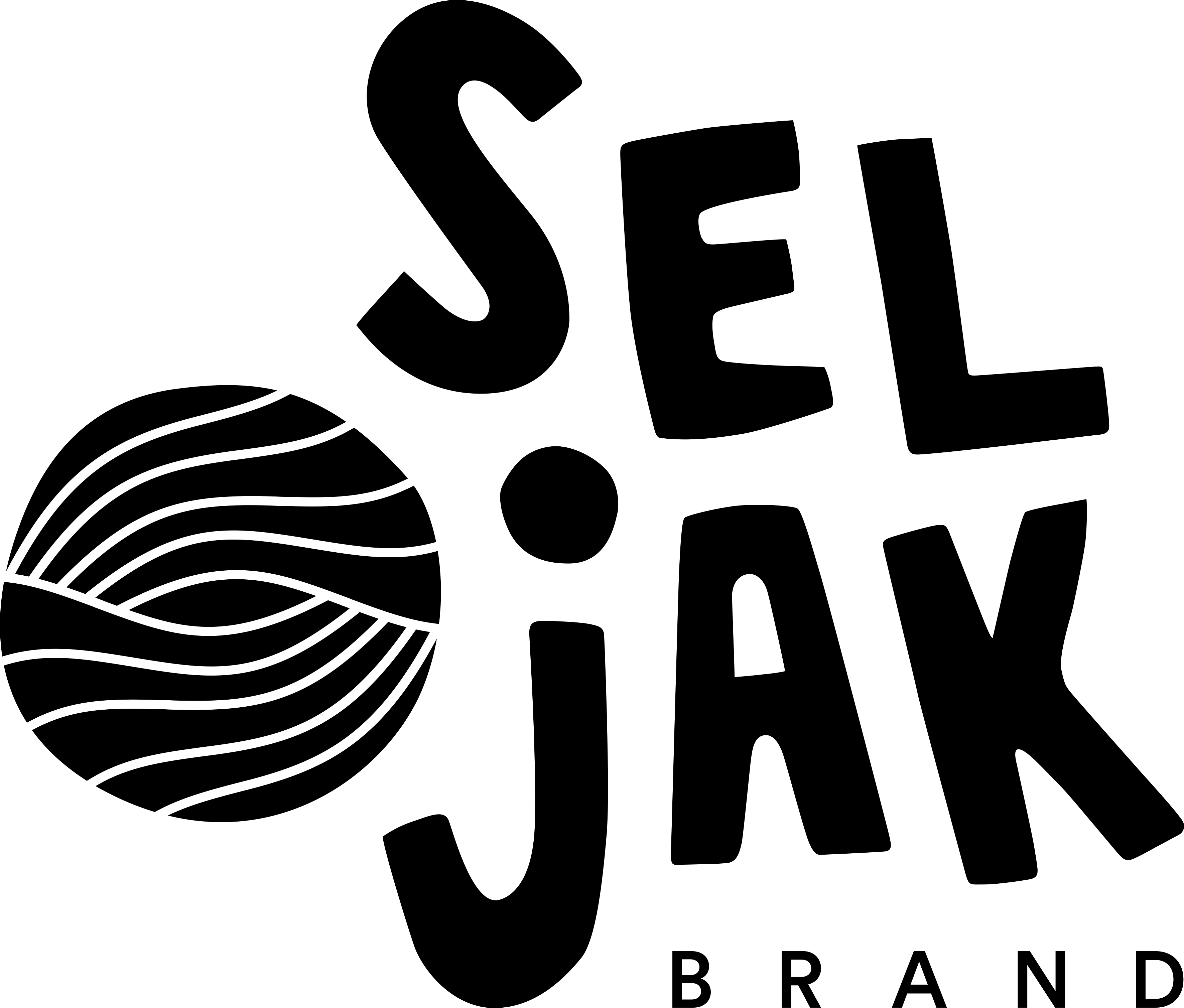
Do you know who makes the things that you wear and use every day? After the fatal collapse of the Rana Plaza garment factory in Bangladesh in 2013, a global movement was sparked... Fashion Revolution demands transparency and fairness in the fashion industry. This week is Fashion Revolution Week 2020 and there's never a better time to ask – who made my blanket?
Well most of our blankets are manufactured at Australia’s oldest wool mill in Tasmania. And in 2019 we introduced our first internationally-manufactured blanket, the Seljak Dune.
The Seljak Dune blanket is made with reclaimed textile waste in Kaunas, Lithuania, combining factory floor offcuts of 16 mills around Europe.
The Lithuanian mill is 93 years old with Italian machinery that produces very high quality recycled textiles and intricate designs. The specialty Jacquard looms mean we can weave abstract patterns into the blankets.
After visiting the mill ourselves, we commissioned a third party textiles sustainability specialist, Jian Chen, to conduct an independent audit of the facility to ensure environmental protection measures and workers rights were both up to the high standards that should be the norm. Jian's background is in fashion supply chain sustainability in Sweden, China, Cambodia, Vietnam and Myanmar having worked for one of the world's largest fashion retailers for several years.
The audit included both an onsite inspection and interviews with the management team and three workers. The interviews included questions relating to specific sustainability aspects as well as employees' experiences at work.
"I have worked here for about a year. I am a trained electrician, and at this job I work mostly with repairing and maintaining machines for the weaving department...My salary here is higher than all my previous jobs." – Karoles, mill worker
The onsite inspection covered the whole factory area that belongs to the mill including storage, the weaving mill, the wool spinning mill, the linen spinning mill, washing, quality assurance, packaging and effluent treatment plant. Jian's auditing tool is based on international standards from the International Labour Organisation (ILO) and the HIGG Index.
After auditing the mill, Jian found no nonconformities and considered the current level of sustainability performance of the mill as moderate. She suggested that the mill improve their capacity for sustainability management, including a better system for maintaining energy, water, and waste data and to set goals for improvements. This was communicated to the mill. But system change in the fashion and textiles industry requires a whole-industry approach; brands must be willing to pay more for manufacturers to be able to implement the changes needed.
So this Fashion Revolution Week, we want to take you on a virtual tour of the mill and show you the auditing process with Jian…

Mill staff Laimonas and co-founder Sammy inspecting the offcuts that become the recycled yarn and ultimately our blankets

Shredded recycled wool ready for carding

Carded fibre ready for spinning

Auditor Jian Chen checking the storage of chemicals used in the production process

Mill machinery

Recycled yarn getting spun on scale

Jian Chen interviewing the mill electrician Karoles who maintains and repairs all of the machinery in the weaving department

Mill staff managing the spinning frames

Mechanical looms still need the human touch – it takes 3 days to set up the thousands of warp threads on an industrial loom

Finishing the fringe edges

Expert dyers ensure the yarn and fabric colours are spot on

Quality control of our Seljak Dune

Piles of woven blankets ready to be raised and finished

We're beyond grateful to work with the incredible experts at the mill in Lithuania and it's been our privilege to visit them several times to understand the production process and experiences of the mill staff.
Taking part of our production offshore was not a decision we took lightly. The scale of production offshore means we can make more impact and divert more waste from landfill, but the global supply chain adds a layer of complexity. Transparency is a key lever to improving our own practices and ultimately those of the fashion industry. We continue to hold ourselves accountable for how, where and whom by, our products are made, and ensure that it’s a just and equitable transaction for all.
While we’re thrilled to work with international partners on what is a global issue, we’re committed to finding solutions for Australian textiles waste in Australia too. Thanks for joining us on the journey!

